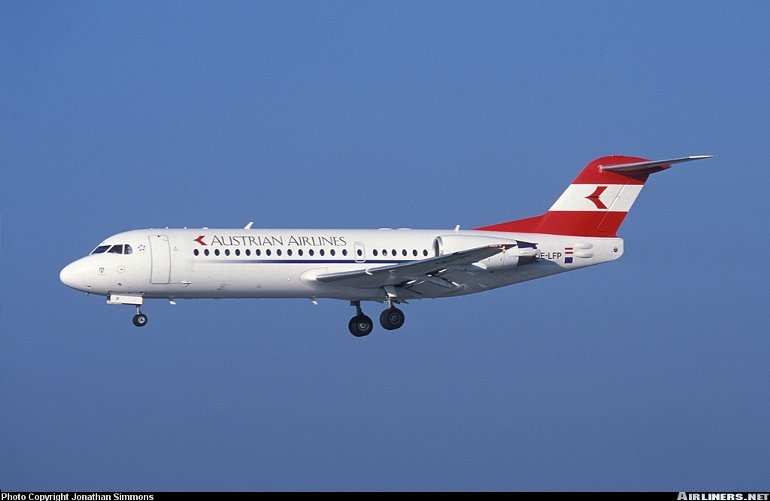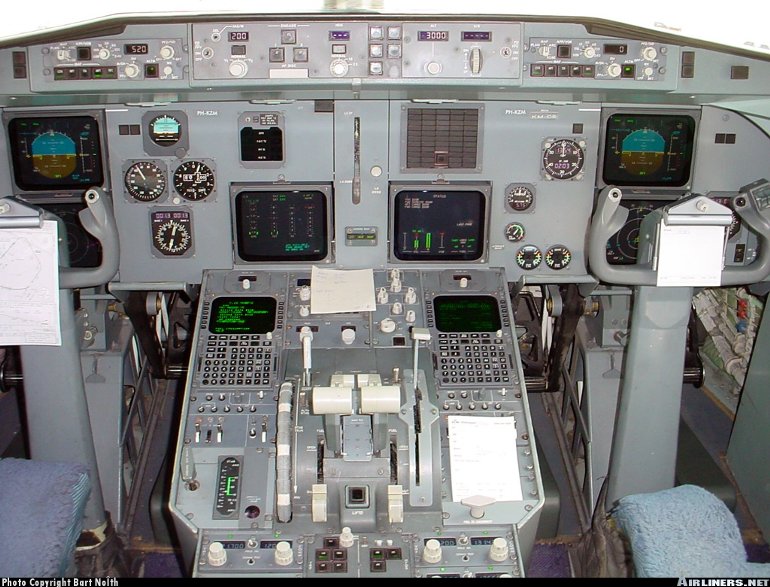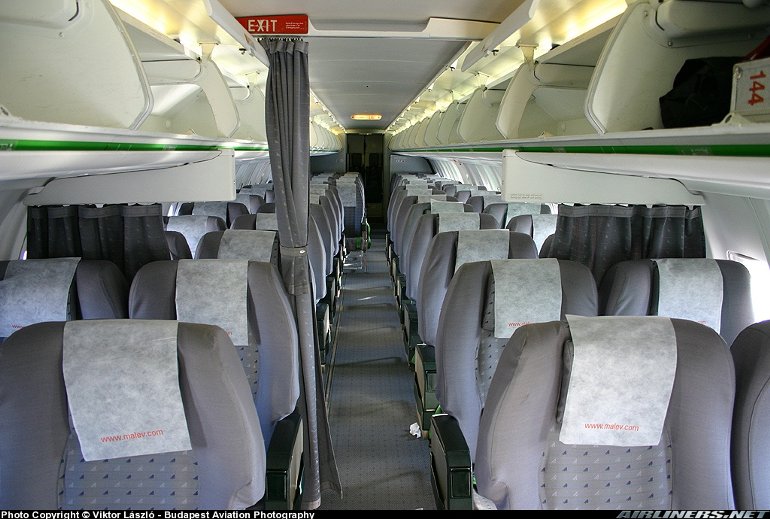Aircraft Technical Data
Fokker 70



| Details | |
| Country of Origin | Netherlands |
| Type | 70 seat regional jetliner |
| History | The Fokker 70 is a shortened development of the popular 100 seat class Fokker 100. Fokker began development of the new derivative airliner in November 1992 despite the absence of firm orders, hopeful of snaring a large share of the forecast 2000 plus aircraft in the 70 to 125 seat class required through to 2010, and the replacement F-28 market. The Fokker 70's 30.91m (101ft 4in) length is close to that of the F-28-4000's 29.61m (97ft 2in), on which the Fokker 100 was originally based. The first Fokker 70 was in fact the second Fokker 100 prototype which was modified by removing two fuselage plugs - one forward and one rear of the wing. Construction on this aircraft began in October 1992 (before the November 1992 program goahead), resulting in the type's first flight on April 4 1993. The first production Fokker 70 flew for the first time in July 1994 and certification was awarded on October 14 1994. The first Fokker 70 (an Executive Jet 70) was delivered to Ford in the USA later that month. A design aim of the Fokker 70 was to retain as much commonality with the larger Fokker 100 as possible. As a result they share essentially identical wings, airframes (except for length, and the removal of two emergency overwing exits on the Fokker 70) and systems, plus similar EFIS flightdecks. The Fokker 70 was offered with two flightdecks, one optimised for the 70's regional airline operations, the other essentially identical to the Fokker 100's to give operators of both types commonality. The Fokker 70 and 100 also share identical Tay Mk.620 powerplants, although the Tay Mk.650 that was offered for the 100 was not available on the 70. The 70 and 100 were built on a common production line. As with the Fokker 100, a corporate shuttle, the Fokker Executive Jet 70, was offered (and attracted a small number of orders). The Fokker 70A was optimised for US carriers, while the Fokker 70ER (announced in late 1994) had extra fuel tankage and extended range. With Fokker's collapse in 1996, the Fokker 70/100 production line closed in early 1997. Despite Fokker's financial failure the 70 remains popular with its operators and second hand sales are almost unheard of. |
| Powerplants | Two 61.6kN (13,850lb) Rolls-Royce Tay Mk.620 turbofans. |
| Performance | High speed cruise Mach 0.77. Range with 79 passengers and baggage at standard weights 2010km (1085nm), or 3410km (1840nm) for high gross weight option with extra fuel. Max certificated altitude 35,000ft |
| Weights | Operating empty 22,673kg (49,985lb), max takeoff standard aircraft 36,740kg (81,000lb), or optionally 38,100kg (84,000lb), or 39,915kg (88,000lb), or 41,730kg (92,000lb). |
| Dimensions | Wing span 28.08m (92ft 2in), length 30.91m (101ft 5in), height 8.50m (27ft 11in). Wing area 93.5m2 (1006.4sq ft). |
| Capacity | Flightcrew of two. Standard single class passenger accommodation for 79 at five abreast at 81cm (32in) pitch. Fokker Executive Jet 70 interiors were fitted to customer requirements. |
| Production | 48 Fokker 70s built. Last delivered in April 1997. |
| Related Links | Fokker 70 |
The backbone of this section is from the The International Directory of Civil Aircraft by Gerard Frawley and used with permission. To get your own copy of the book click here. |
|








